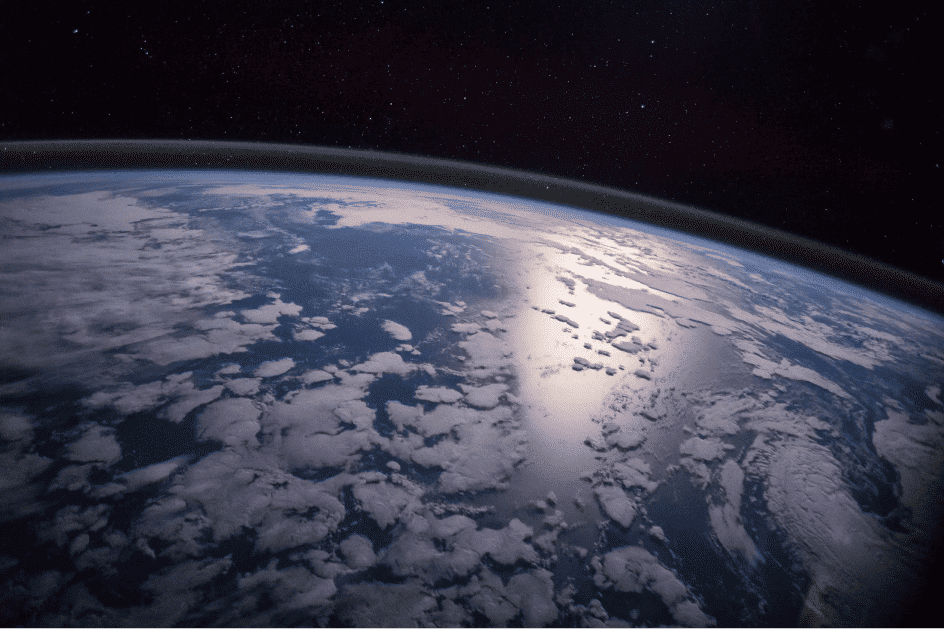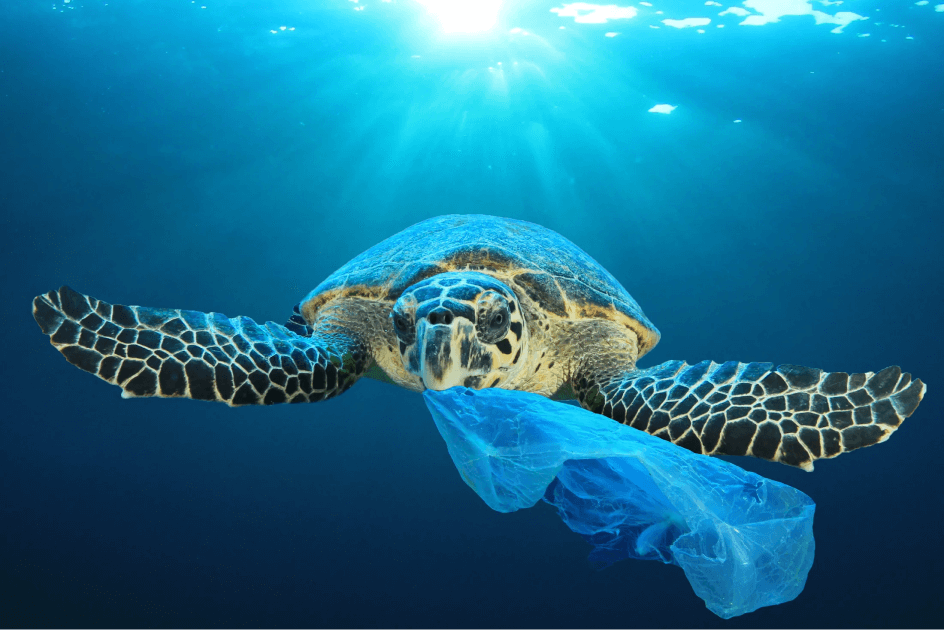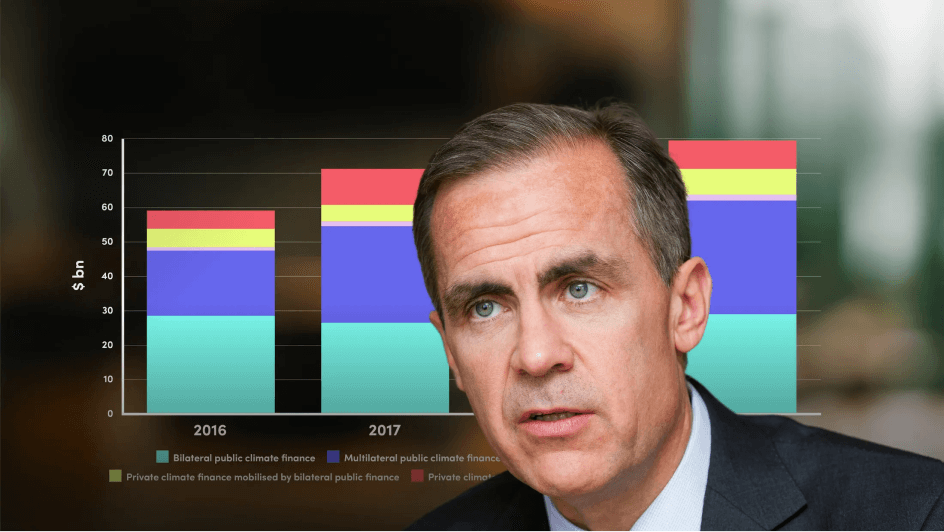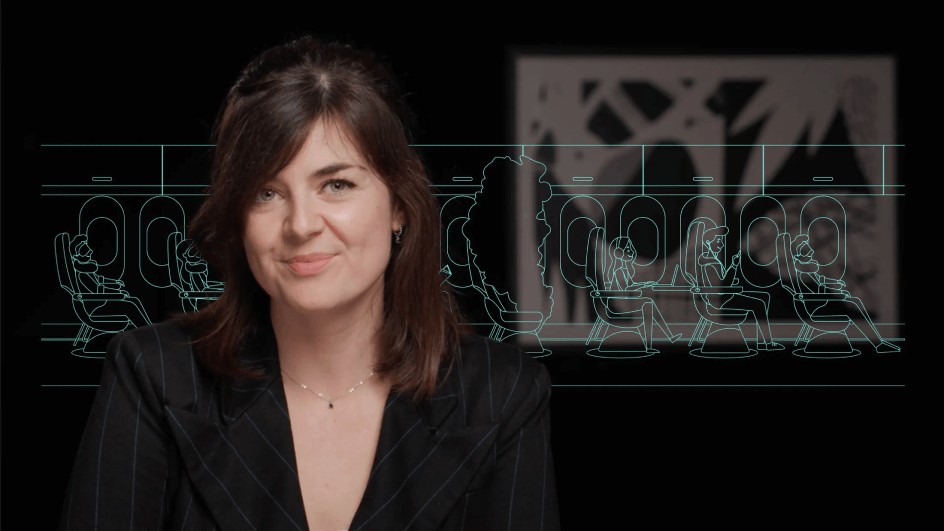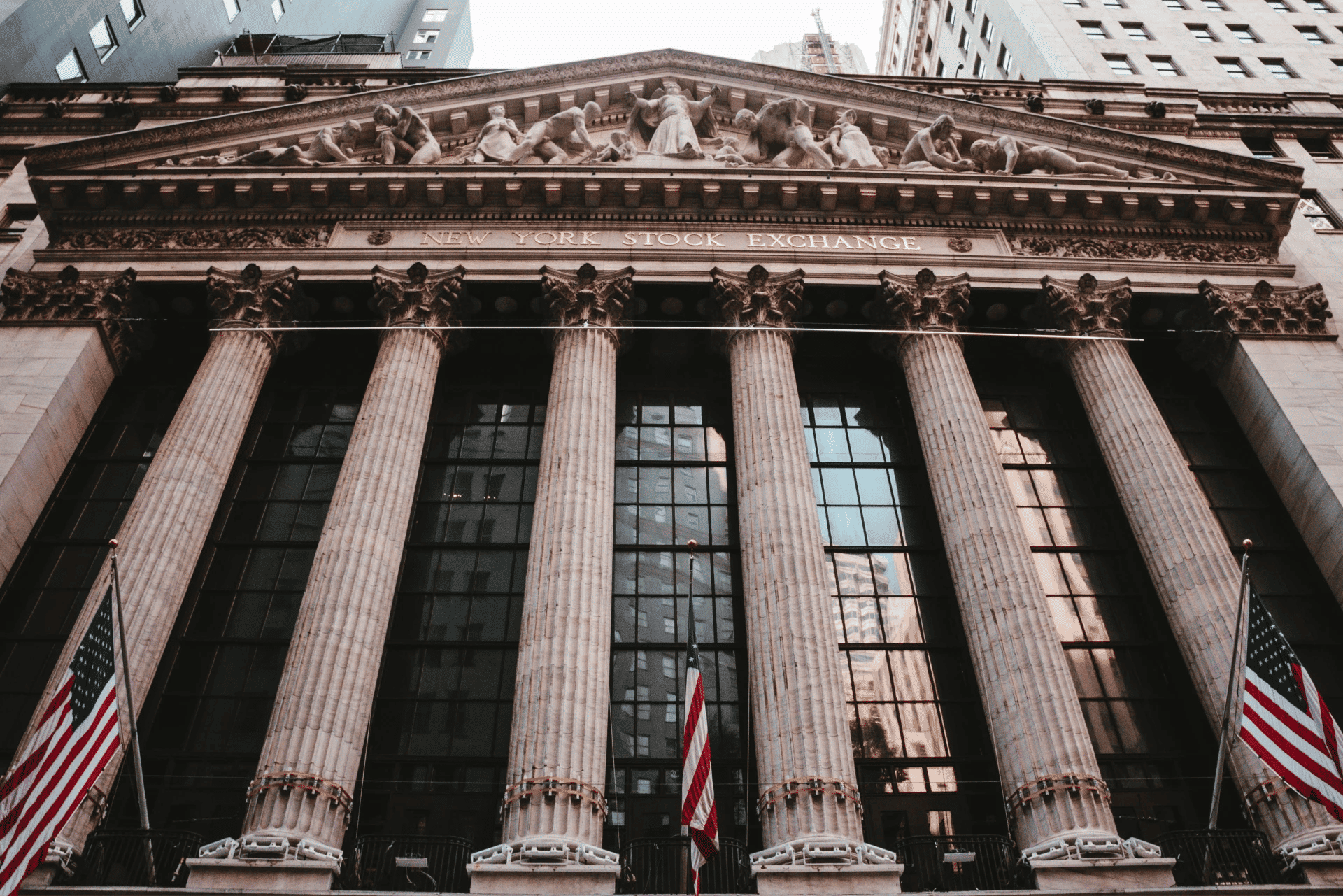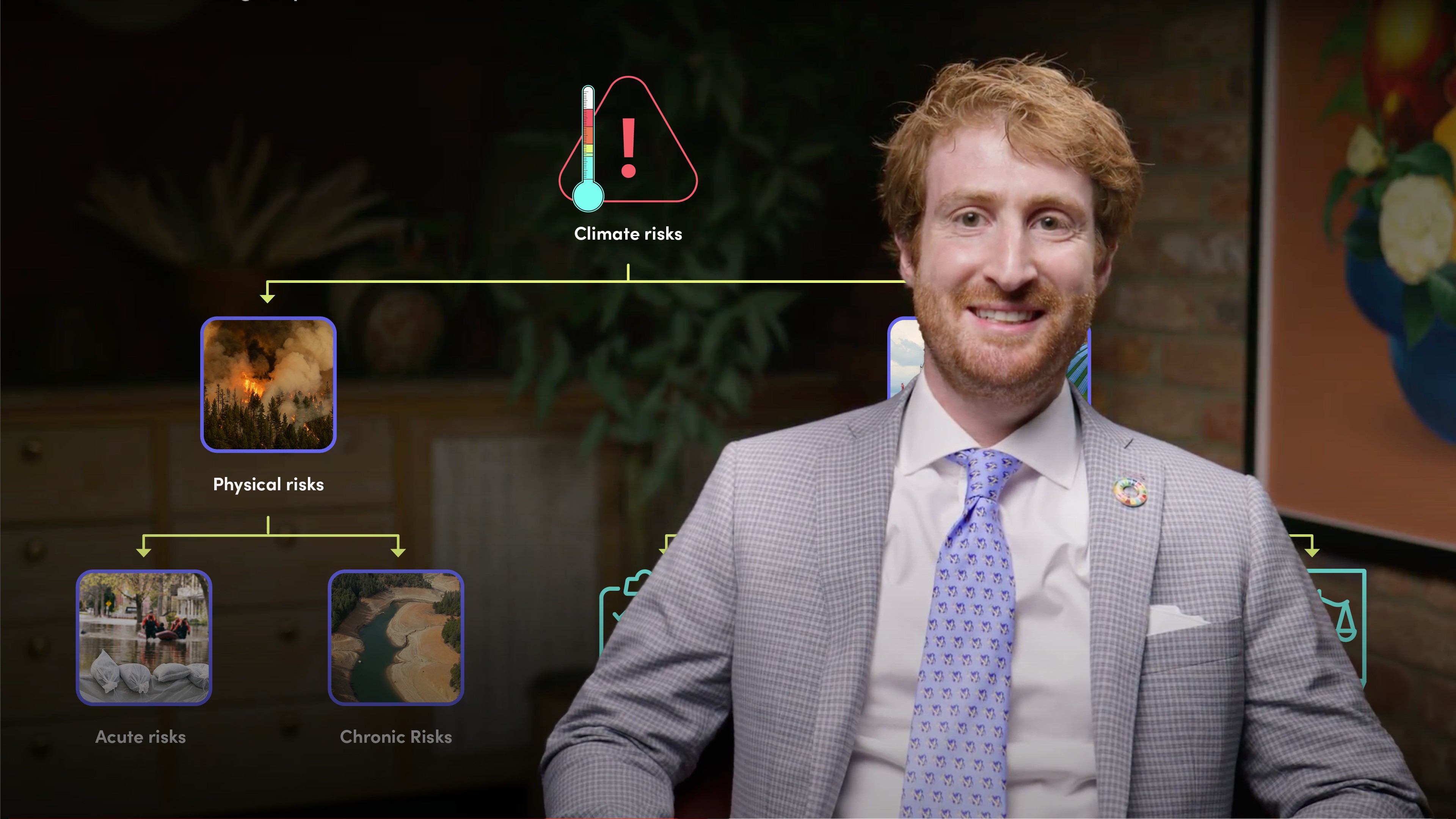
Introduction to Physical and Transition Risks

David Carlin
Head of Climate Risk
In this video, David Carlin introduces the importance of climate risk management. He begins by explaining the difference between physical and transition risks and finally discusses why financial institutions need a better understanding of climate risks and opportunities.
In this video, David Carlin introduces the importance of climate risk management. He begins by explaining the difference between physical and transition risks and finally discusses why financial institutions need a better understanding of climate risks and opportunities.

Introduction to Physical and Transition Risks
5 mins 19 secs
Key learning objectives:
Understand what are the two main types of climate risks
Outline why financial institutions need to understand climate risks and opportunities
Overview:
All of us are now aware of the physical risks that climate change brings, but it is important to understand that climate risks are financial risks. Financial institutions need to identify, assess and mitigate these risks. Understanding this can also help them take advantage of opportunities whilst helping transition to a sustainable future.
What are the two main types of climate risks?
Climate risks can be categorised broadly into two types:
- Physical risks - These encompass the chronic and acute events we witness everyday, such as rising sea levels, floods, and wildfires.
- Transition risks - These are linked to the actions we must take to combat climate change, resulting from changes in policies, technologies, markets and legal frameworks.
What are litigation risks?
Why should financial institutions care about climate-related risks?
What are the benefits of understanding climate risks and opportunities?

David Carlin
There are no available Videos from "David Carlin"






